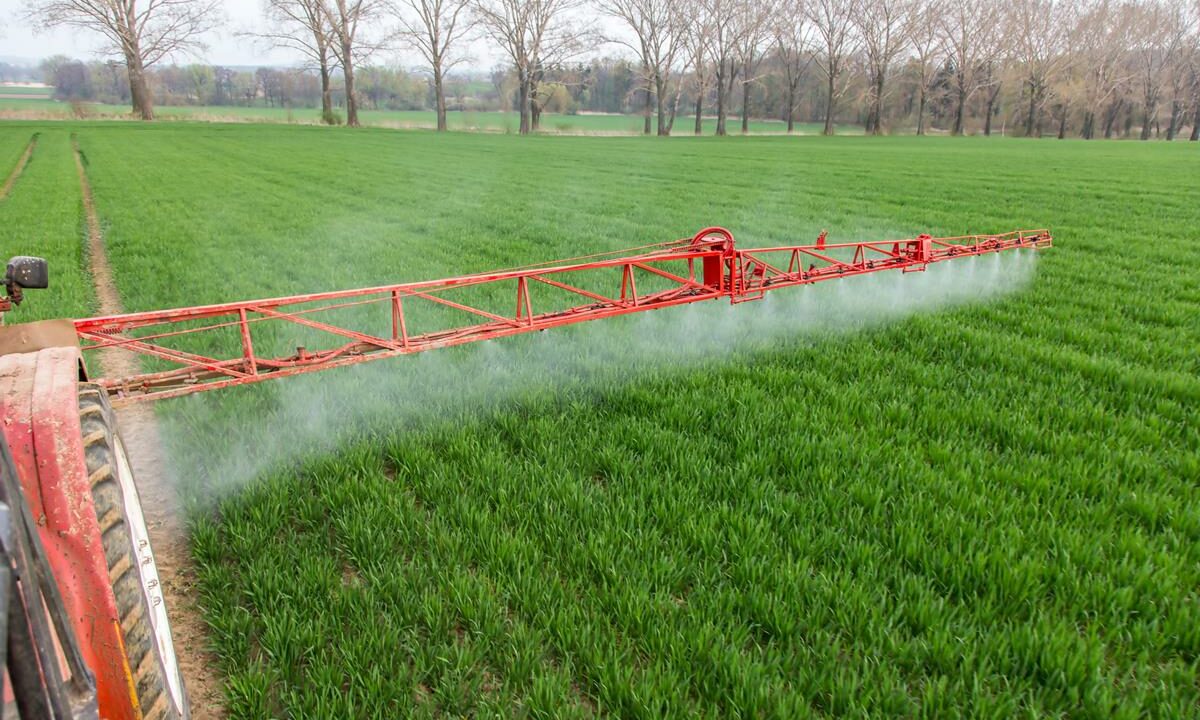This season has proved a difficult time in terms of getting winter cereals established, as a result of poor weather conditions. Consequently, there will be a reliance on post-emergence herbicides for weed control.
According to Teagasc, delaying application will reduce weed control, particularly of grass weeds in winter barley.
Popular weed control options for wheat and barley include: Flight 4.0L; Defy 2.0L plus DFF 0.1L; and Firebird 0.3L/Firebird Met 0.5L+.
There are many combinations of these active ingredients available on the market, which can offer flexibility and savings to growers.
Alister Flex, which is an agricultural herbicide, is a good grass weed option, and Broadway Star (soil temperatures >8°C) is a strong sterile brome option.
Herbicide resistance
It is important to reassess weeds four weeks after application, and also when spring growth commences, as many treatments will require a follow-up herbicide.
Growers should be aware of herbicide resistance and take steps to minimise the risk on your farm.
Most cases of weed resistance occur in situations where herbicides with the same mode of action have been used repeatedly in the same field. Full label rates should always be used.
The recent Teagasc Grass Weed conference confirmed the recommendations emanating from the five-year Enable Conservation Tillage (ECT) project.
These include all tillage systems; both plough and non-plough can be operated successfully, while keeping grass weeds to a minimum.
An ECT survey has confirmed that grass weeds are an increasing problem in all tillage systems.
Non-plough regimes tend to have better rotation. They involve a higher number of stale seed beds and use higher rates of herbicides.
Herbicide resistance grass weeds such as blackgrass and Italian ryegrass are increasing. Where there are multiple resistances within the same population, crop production becomes almost impossible.
Weed control and prevention
All farmers must be vigilant to stop the entry or spread of the weeds into their farms.
Spotting a problem early and hand-roughing before seed set will result in a better outcome.
Where weeds are established, growers should consider very aggressive tactics including crop burn-off and grassing-down, to prevent further spread.
ECT project focus farmers have demonstrated how to reduce weed populations.
Good rotation is essential. Growers should avoid successive winter barley crops within non-inversion. Such an approach will lead to increases in sterile brome populations.
Growers should utilise different herbicide types. Grass margins can work extremely well to control grass weeds.
Rotational ploughing should be considered in non-plough systems, where the weed burden is particularly high.
Where possible, growers should use pre-emergence herbicides. An over reliance on post-emergence products will increase the risk of developing herbicide resistance.
